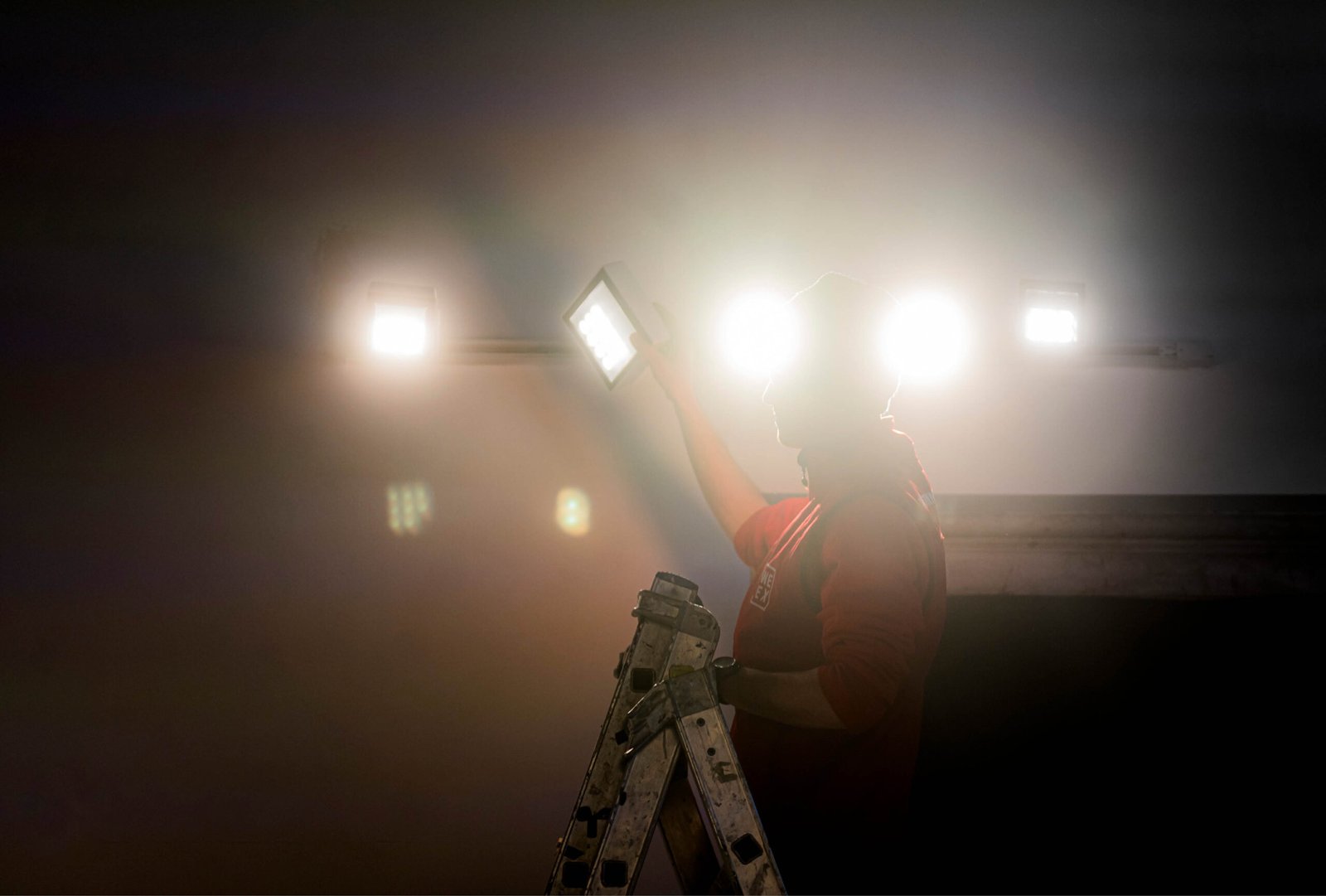Interview Patrick Kasingsing
Images We Exhibit


Buongiorno, We Exhibit! Welcome to Kanto! Could you walk us through some of the critical milestones in your history and how they’ve shaped your approach to exhibit design today?
We Exhibit: Hello Kanto! So, the company was founded in 2015 with the need to introduce alternative and innovative work processes into the art installations sector by embracing the entire production chain. Since then, our approach has been based on understanding customers’ needs and defining common objectives, always within the framework of a clear and shared coordination process from concept to reality.
By 2020, we felt the need to start asking ourselves new questions and looking at broader needs in the cultural world. Thus, what was established in September 2023 as a corporate rebranding evolved further: a natural evolution of our processes geared towards better integration of practices aimed at putting the audiences’ visiting experience at the center of the exhibit design development.
Great. So, for We Exhibit 2.0, what principles now guide your approach to creating engaging and effective exhibits?
Aware of our responsibility as a company in the exhibit design field, we aim to craft quality, engaging spaces that make culture accessible. Starting from the knowledge of the target audience and its needs, our expertise in accessibility and audience studies enables us to develop inclusive cultural designs in line with the latest international standards and capable of addressing different target audiences in terms of age, previous skills, disability, cultural background, etc.
These disciplines, combined with participatory design practices, are at the core of our exhibit design concept and allow us to prioritize the quality of the visitor experience.
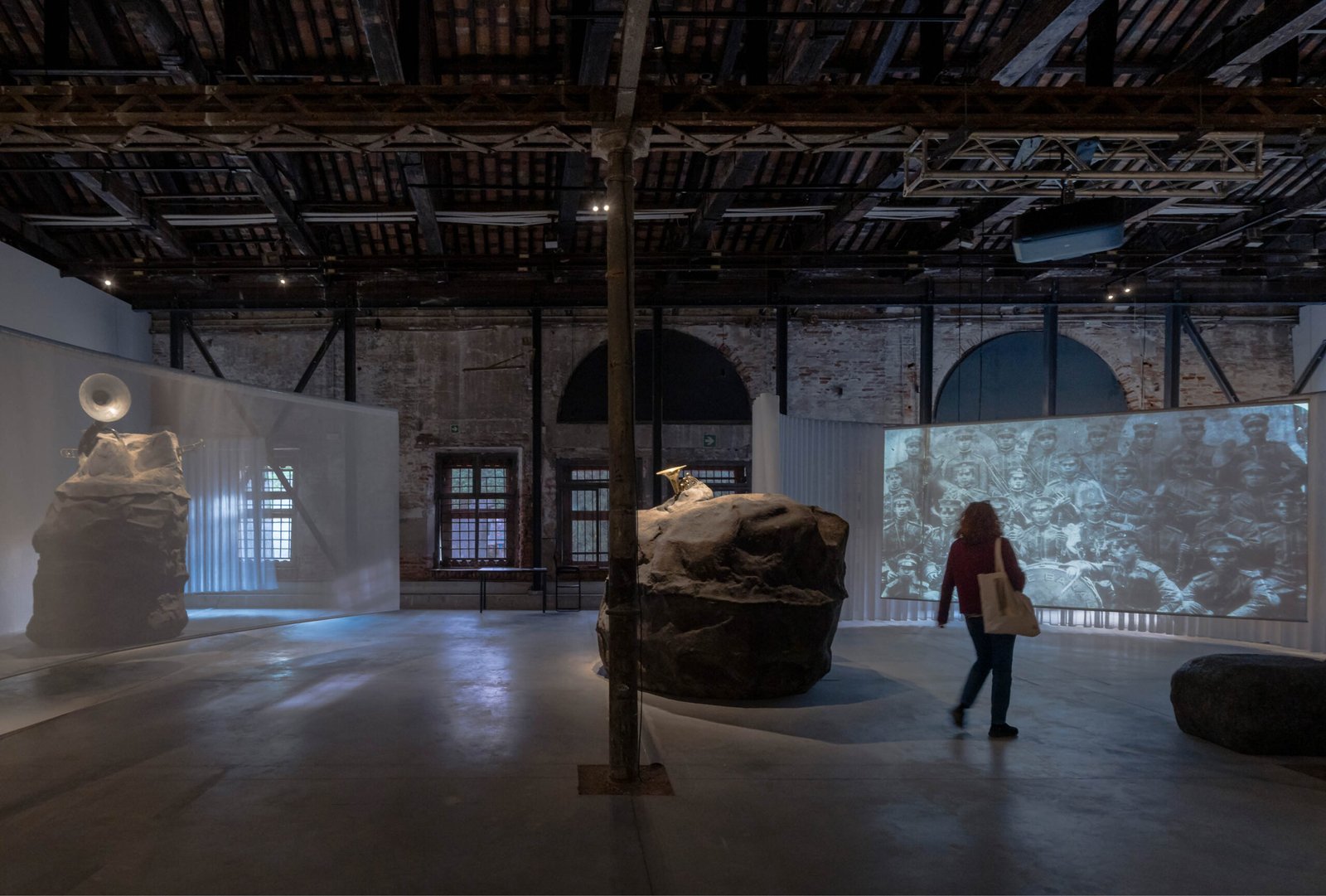
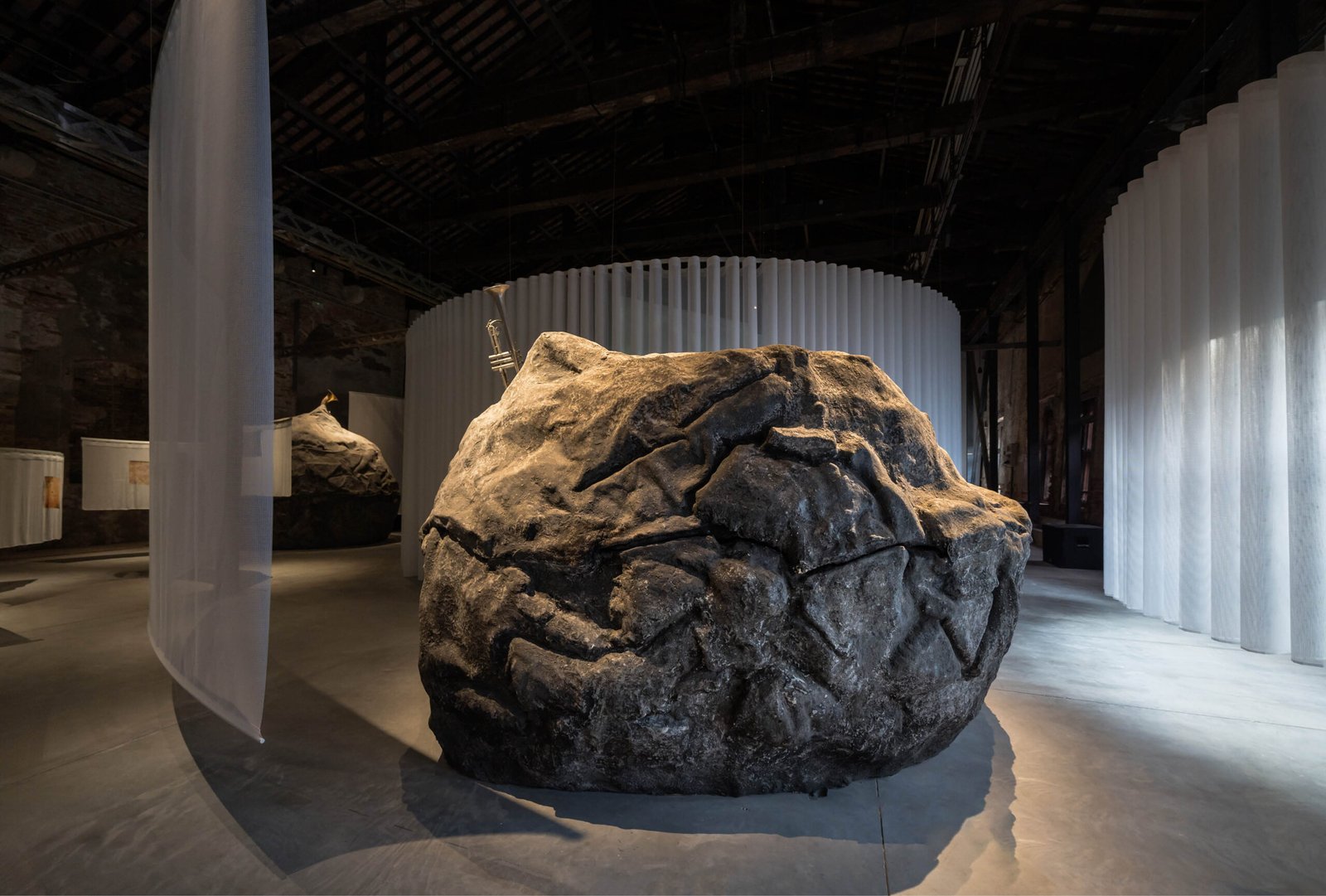
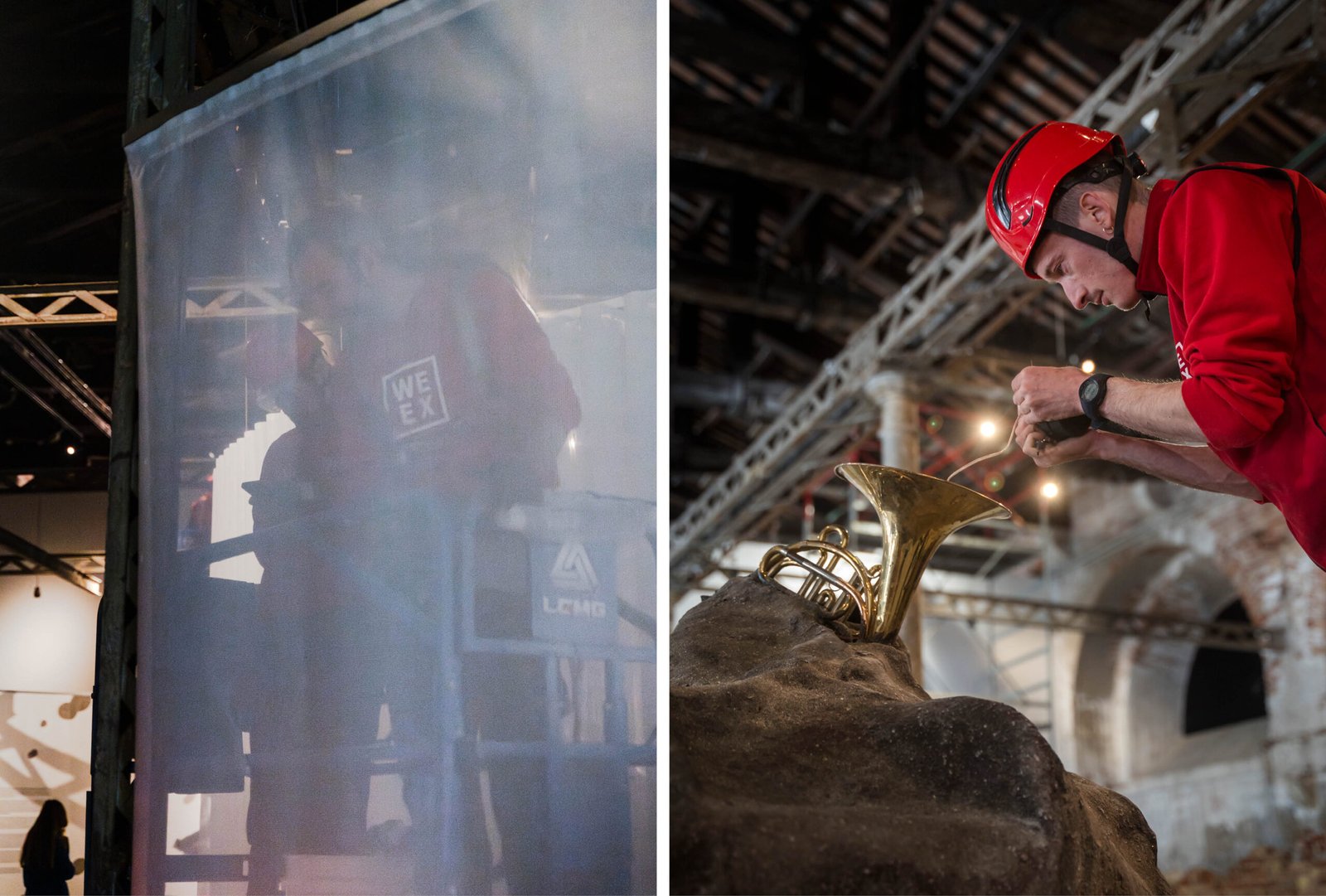

Since 2015, We Exhibit has played a crucial role in the Philippines’ pavilions at the Venice Art and Architectural Biennale. What insights can you share about these collaborations, and what made them particularly unique or challenging? Do you have any favorites from the PH Pavilions you’ve worked on?
Our enduring collaboration with the Philippine Pavilion at the Biennale is renewed annually on the foundation of mutual respect and esteem that we have fostered with the commissioner’s team since 2015. Each edition brings a renewed spirit of collaboration, enthusiasm, and pride among the selected exhibiting teams as they present their country to the world on the international stage. We are particularly inspired by the Philippine Pavilion’s social involvement and its strong desire to create a community network supporting pavilion production.
Each edition certainly had challenging aspects related to different production peculiarities. At the top of our minds, we could mention Structures of Mutual Support, presented in 2021 by Sudarshan V. Khadka Jr. and Alexander Eriksson Furunes and curated by Framework Collaborative. Through a series of on-site workshops, the two architects created the space to negotiate and discover what needed to be built according to the values and knowledge that were meaningful to the community. The outcome was a building that doubled as a library and conflict resolution space. Once we received the pieces for the Pavilion, the individual beams and other constituent elements were assembled, in some cases replaced, and meticulously documented and cataloged so that the Gawad Kalinga community based in Angat, Bulacan, could rebuild the structure onsite once the exhibition in Venice was over. The peculiarity of the project also constituted its most significant production challenge. On the one hand, the structure was conceived and built with alternative building methods, deliberately challenging the current mode of architectural production to allow the local community to rebuild it without using specific tools or machinery. On the other hand, we had to guarantee all the engineering and safety parameters required to open it to the public.
It is challenging to single out a specific project from those presented by the Philippine Pavilion over the years. However, one of our most significant collaborations was with curator Edson Cabalfin and the exhibition The City Who Had Two Navels, which was presented in 2018. After La Biennale concluded, the curator sought our support to restage the exhibition project in Manila.

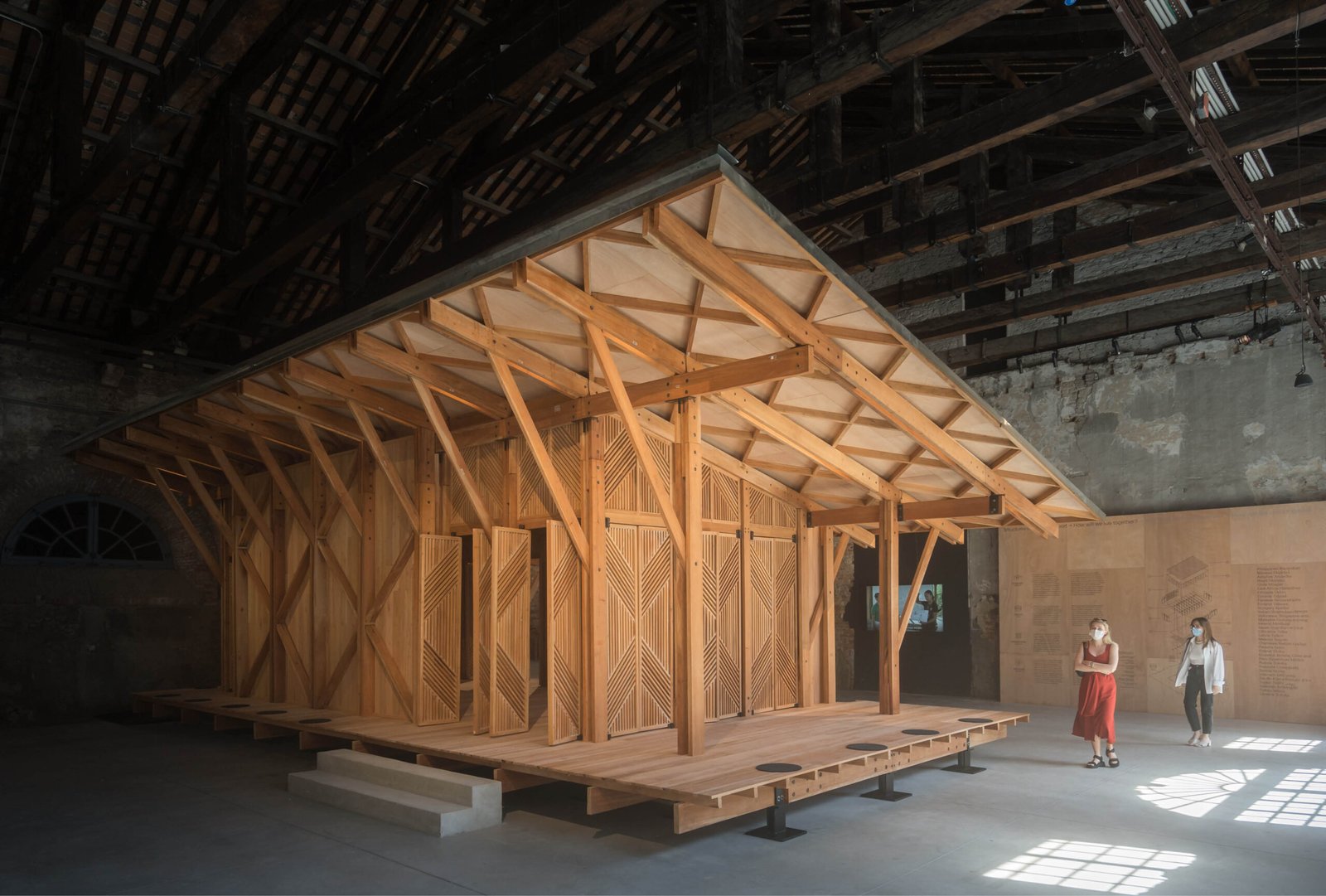
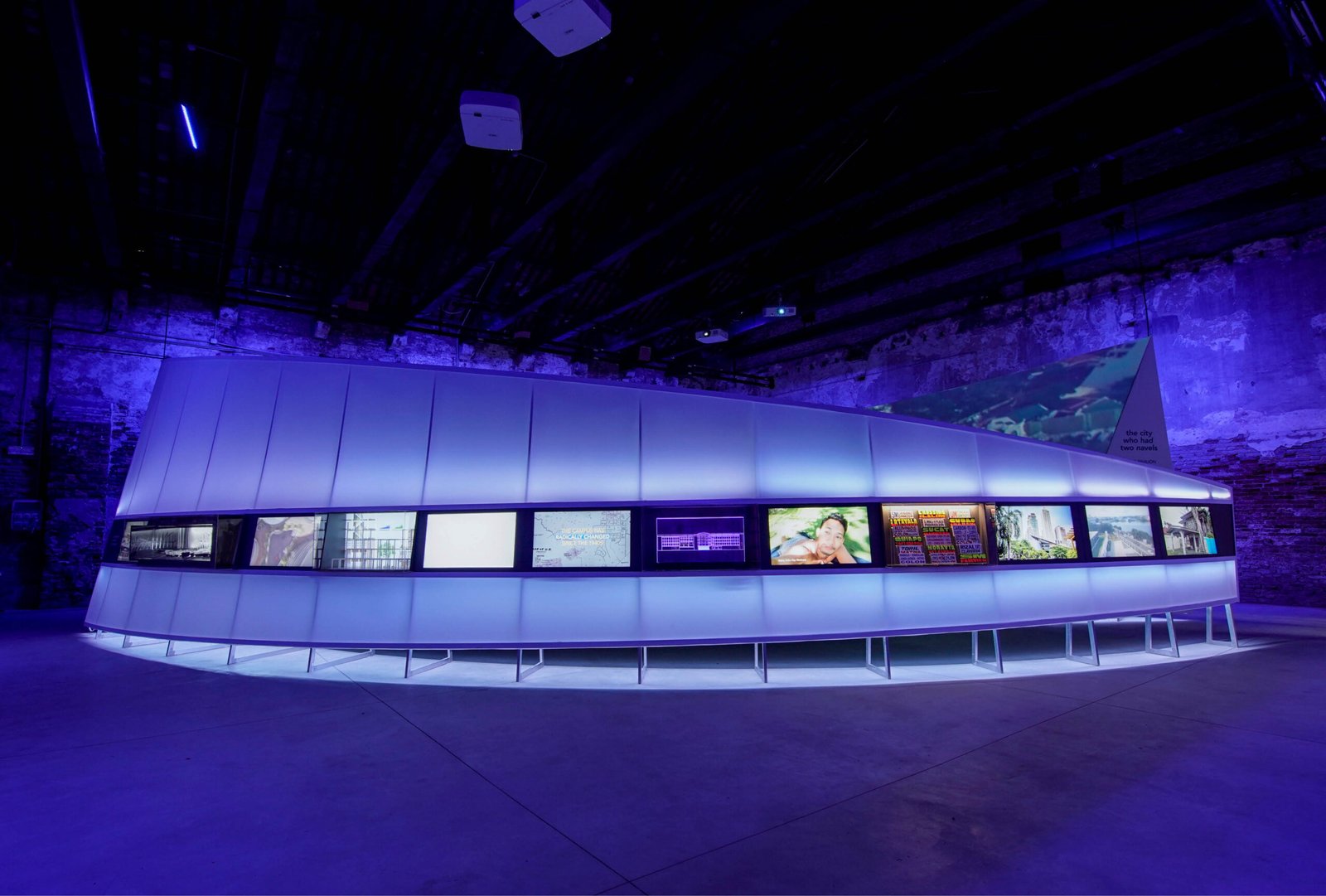

That’s wonderful to hear! Let’s talk tough stuff now. Can you describe a particularly complex project that you’ve managed? What unique challenges did you face, and how did your team overcome them?
The Phoenix, a work by Chinese artist Xu Bing for the 56th International Art Exhibition – La Biennale di Venezia – in 2015, requires the assembly of two imposing phoenix-shaped sculptures suspended above a body of water. The sculptures, measuring 6 x 9 x 25 meters and weighing more than 12 tons, consist of more than 60 elements to be assembled onsite. The installation was positioned at the Gaggiandre, a large dock in the northernmost part of the Arsenale.
Managing the shipment of the works proved to be very complex as it involved more than twelve containers arriving from China. After assembling the support structure and setting up the hanging points, several trips on load-bearing platforms of the work’s components were organized for assembly in the spaces of the Arsenale. The process lasted several weeks and was strongly influenced by weather events (as this was an open-air job) and the tides on which the working conditions and machinery to be used depended.
The project proved to be particularly complex, mainly from a logistical and organizational point of view. The challenges involved coordinating working groups from different countries (Italy and China), with very different processes and working methods, and logistical difficulties due to the nature of a historic and fragile site with which to interact with heavy vehicles on water. Finally, the works produced and the materials sent adhered to safety regulations different from those in Europe, which required in-depth analysis and study.
Sustainability is becoming more critical in exhibit design. How do you integrate eco-friendly practices, and can you share a project where sustainability was a key focus?
Integrating sustainable practices in our field is not easy. In the concept development and design phase, sustainability should always be considered upstream to make choices that could be cascaded within practices to be as environmentally friendly as possible. We care about sustainability—we live and act in a fragile ecosystem that is Venice—and the primary practice we have been adopting since 2015 is to recover the most versatile materials and reuse them wherever possible.
An example of an exhibition entirely set up with recycled materials is Whatever it Takes, organized by our partner gallery AplusA in September 2020 and curated by the School of Curatorial Studies. With its innovative concept, the project featured young artists from the Venice Academy of Fine Arts who offered to barter their works in exchange for time, skills, and objects.
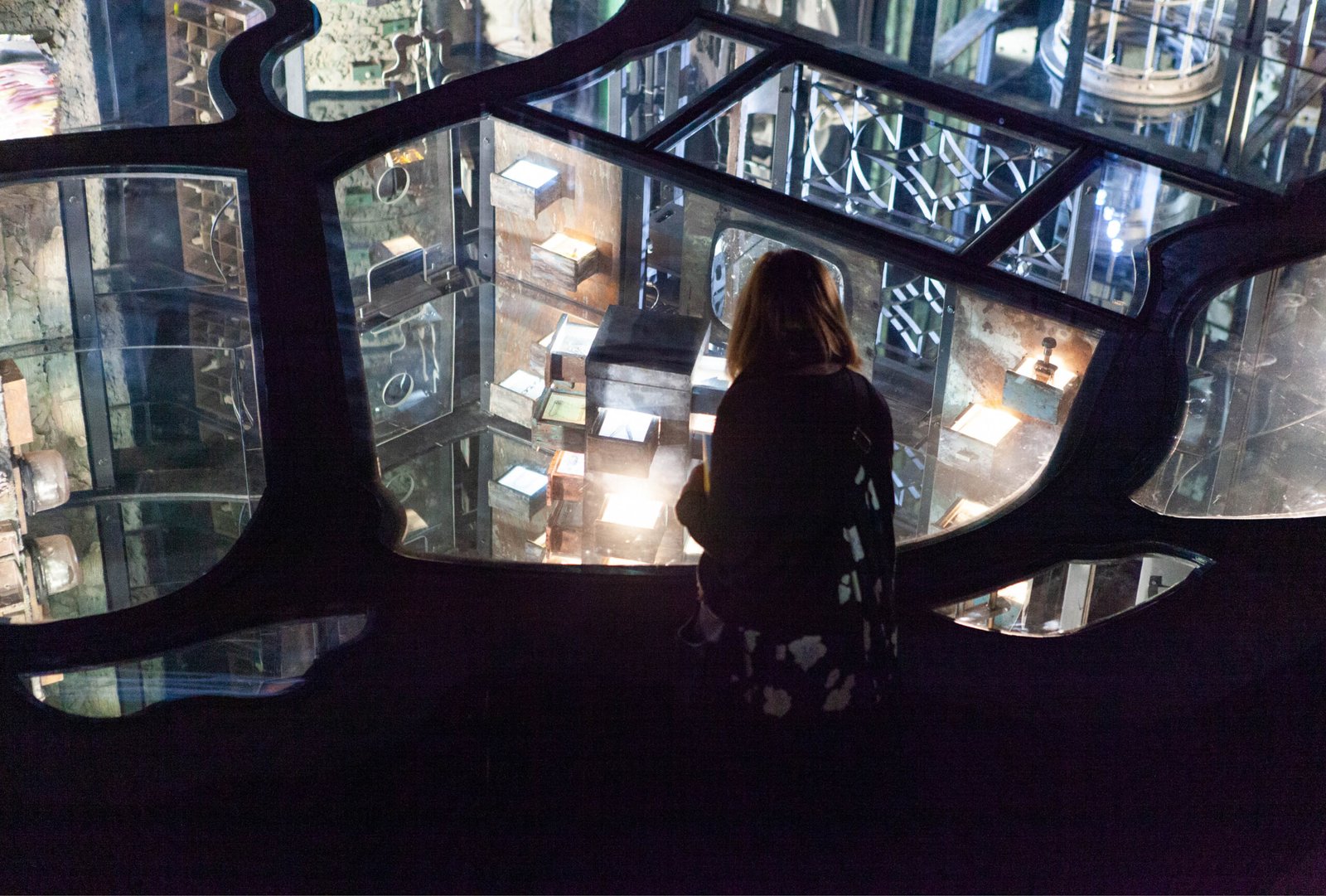


“Aware of our responsibility as a company in the exhibit design field, we aim to produce quality, engaging spaces that make culture accessible.”


Jumping on to the topic of exchange, how much influence does We Exhibit have on the narrative and messaging of the exhibits you design? Can you give an example of how your creative input significantly impacted a show or display?
We could give many examples of occasions when our creative ideas offered insights, improved technicalities, or even provided solutions that were then incorporated into the final exhibition layout. However, the most significant example, and narratively one the most comprehensive, was undoubtedly our creative contribution to the design layout and visual identity development of the project Carlo Zinelli: Visione Continua, produced and exhibited first at Palazzo Te (Mantua, Itay) in 2018 and then at Fondazione Cariverona in Verona (Italy) in 2019.
Carlo Zinelli: Visione Continua was a traveling exhibition curated by Luca Massimo Barbero and supported by Fondazione Cariverona. It aimed to highlight Carlo Zinelli, a significant artist of the Art Brut movement in the early 20th century. We contributed by designing modular setups to display the artist’s delicate paper pieces, ensuring visibility from both sides. The exhibition utilized side walls and occupied central spaces in Palazzo Te’s wing, facilitating adaptability for future exhibitions. Our branding strategy centered around a human figure sourced from Zinelli’s drawings, which we repeated to create a cohesive pattern. This pattern was then applied across diverse media channels, including totems, posters, social media platforms, and promotional items, effectively captivating a broad audience.


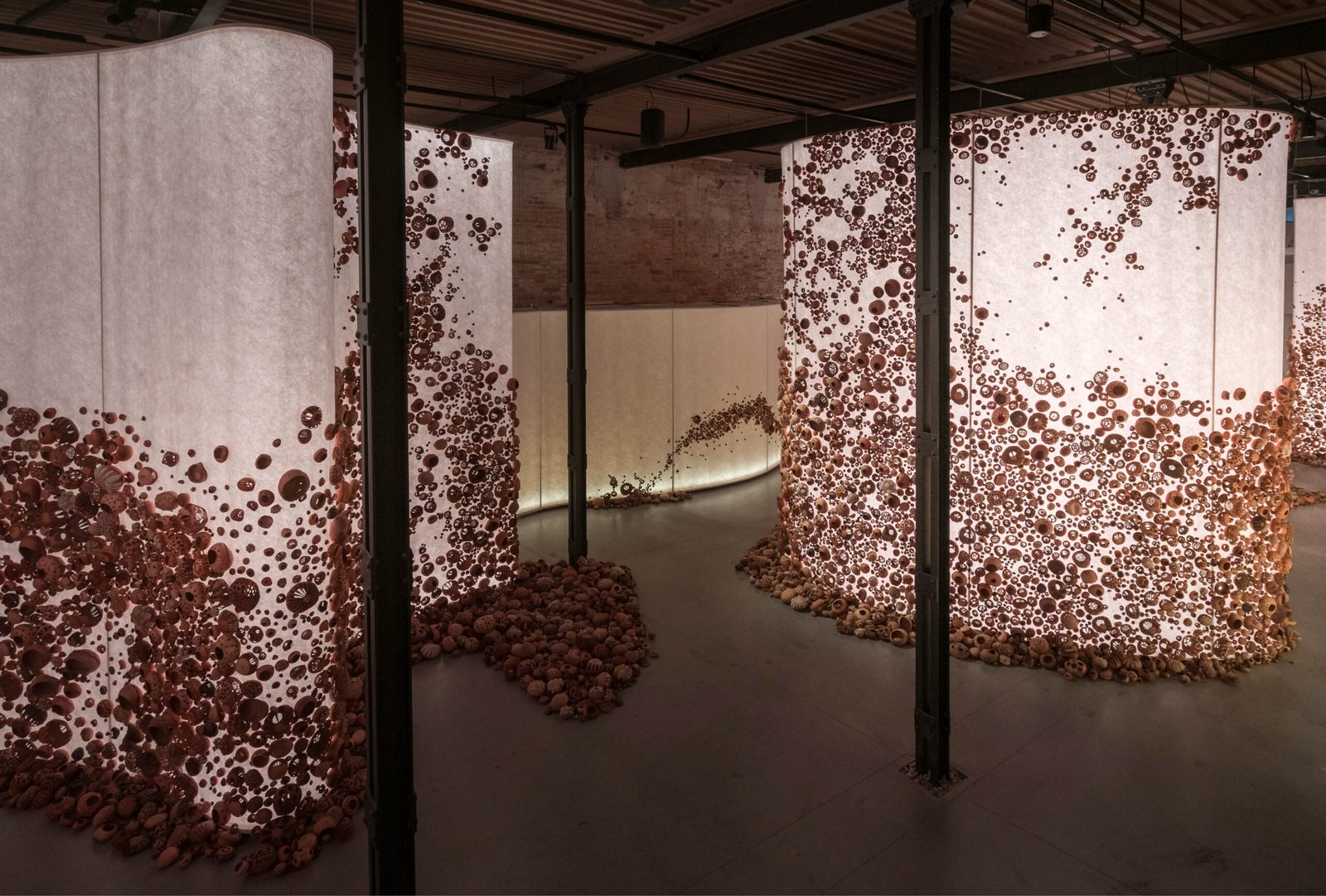

Have you ever faced ethical dilemmas, like projects conflicting with your values on sustainability, politics, or social issues? How did you navigate these situations?
It has indeed happened. On some occasions, we faced sustainability conflicts that went against our values, what we felt was common sense, or are socio-cultural issues, leaving us doubtful of the practices and choices we eventually acted on. Working primarily with international clients, we believe that the ethical dilemmas we have experienced were mainly caused by different cultural backgrounds. The smartest way to navigate these situations is to adopt a flexible, understanding mindset and seek compromise wherever applicable. Once again, communication and dialogue are the keys to mutual understanding and enrichment.
Immersive technologies like VR and AR are changing the visitor experience. Has We Exhibit had the chance to incorporate these technologies in your work? What challenges have you faced in balancing tech with artistic integrity?
We haven’t had the opportunity to work in depth with new technologies such as VR and AR, and we feel that these media still need to be properly developed for the exhibition market and are still on a consumer level. Regarding VR, this is most likely ideal for events. On the other hand, AR has great potential but lacks accessibility and is largely dependent on specific apps and devices.
The challenge we constantly encounter in balancing technology and artistic integrity lies in ensuring that the installation is, above all, safe and enjoyable for all visitors, durable and of high quality, and easy for the staff to operate.


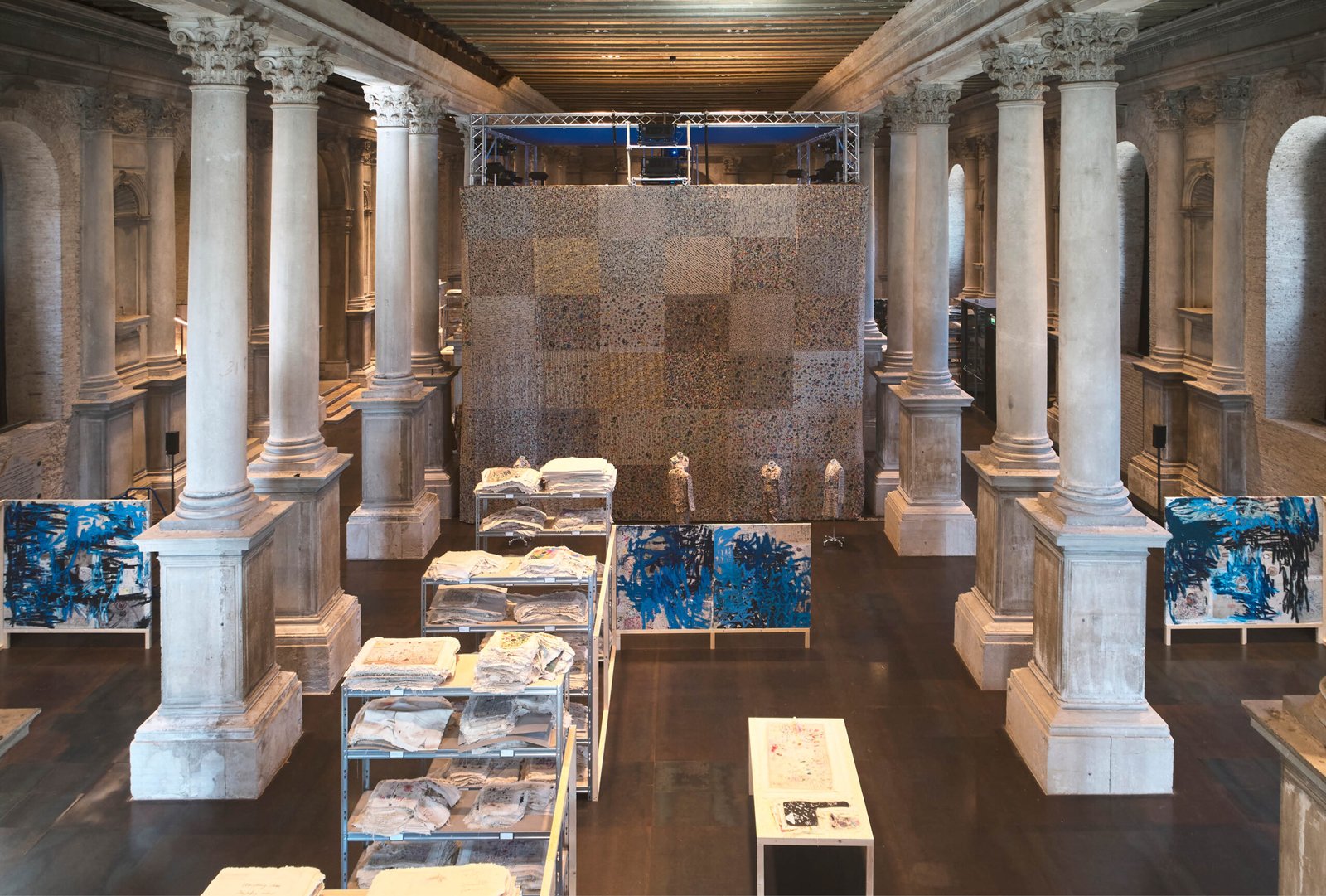



Venice is increasingly seen as a giant exhibition space, and there are concerns about its commodification and museumification. What are your views on this transformation, and how can exhibit designers like We Exhibit contribute positively and sustainably?
Venice embodies a paradoxical attitude: despite being a unique and extremely fragile city, it operates within the dynamics typical of any metropolitan area. Living and working here has its challenges. As a local company, we strive to pay as much attention as possible to the practices and methods we implement in our projects, aiming to humanize and localize.
Whenever possible and based on the requests we receive, we prioritize local suppliers in our supply chain and support projects promoted by local entities, as in the case of the recent Querini on Board. Through LoVE! Land of Venice project, we decided to support Venice on Board—a local rowing association—by refurbishing its headquarters and organizing an inaugural event in collaboration with the Querini Stampalia Foundation. The project aimed to enhance the association’s layout space and promote cultural dialogue, combining traditional Venetian rowing with a deep insight into the evolution of local boats and rowing techniques over the centuries through the Foundation’s artworks on display.
We cannot abstain from the current dynamics or the direction our partners will take. Still, for this reason, we feel a greater responsibility in selecting projects, promoting an ethical approach in all our processes, and creating a circulation of resources that brings value back to the city itself.
What common misconceptions about exhibit design do you frequently encounter, and how do you address or dispel these misconceptions?
One of the most common misconceptions is that we are merely “those who hang artworks on the walls.” This stereotype tends to be more prevalent in Italy than abroad, where exhibit design studios are often seen as outsourcing only the production of their layouts to external companies. Similarly, there’s a misconception that studios handle exhibition concept development and then turn to larger firms like ours for engineering, technical design, and production.
Through our digital communication strategy, we aim to narrate and clarify the entire process—from the initial idea sketch to the realization of an exhibition in real life. However, we primarily dispel these misconceptions through our daily actions. Supported by robust case studies of complex projects, we demonstrate how We Exhibit provides expertise supporting clients throughout the journey, from developing the exhibition concept to its final display.

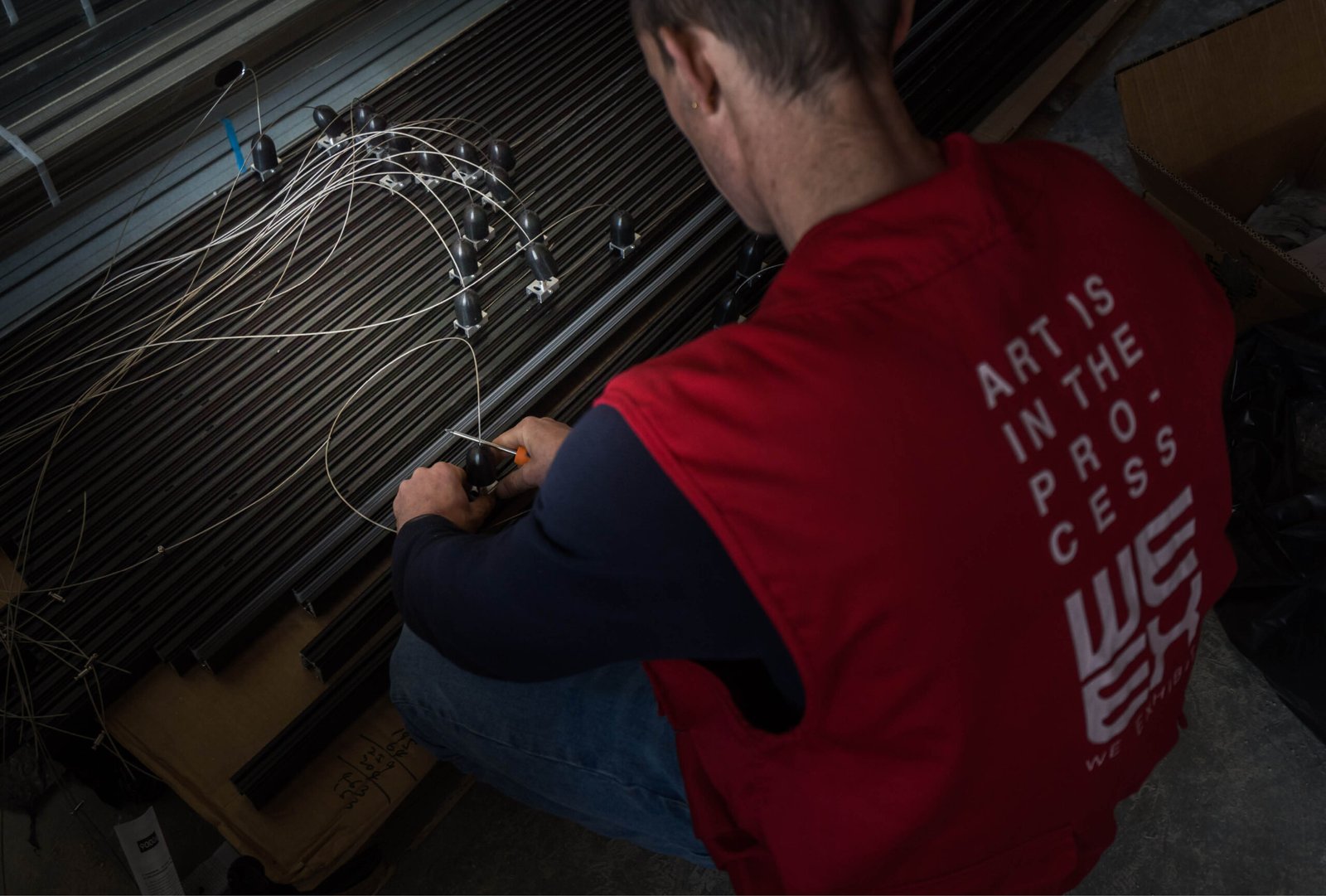
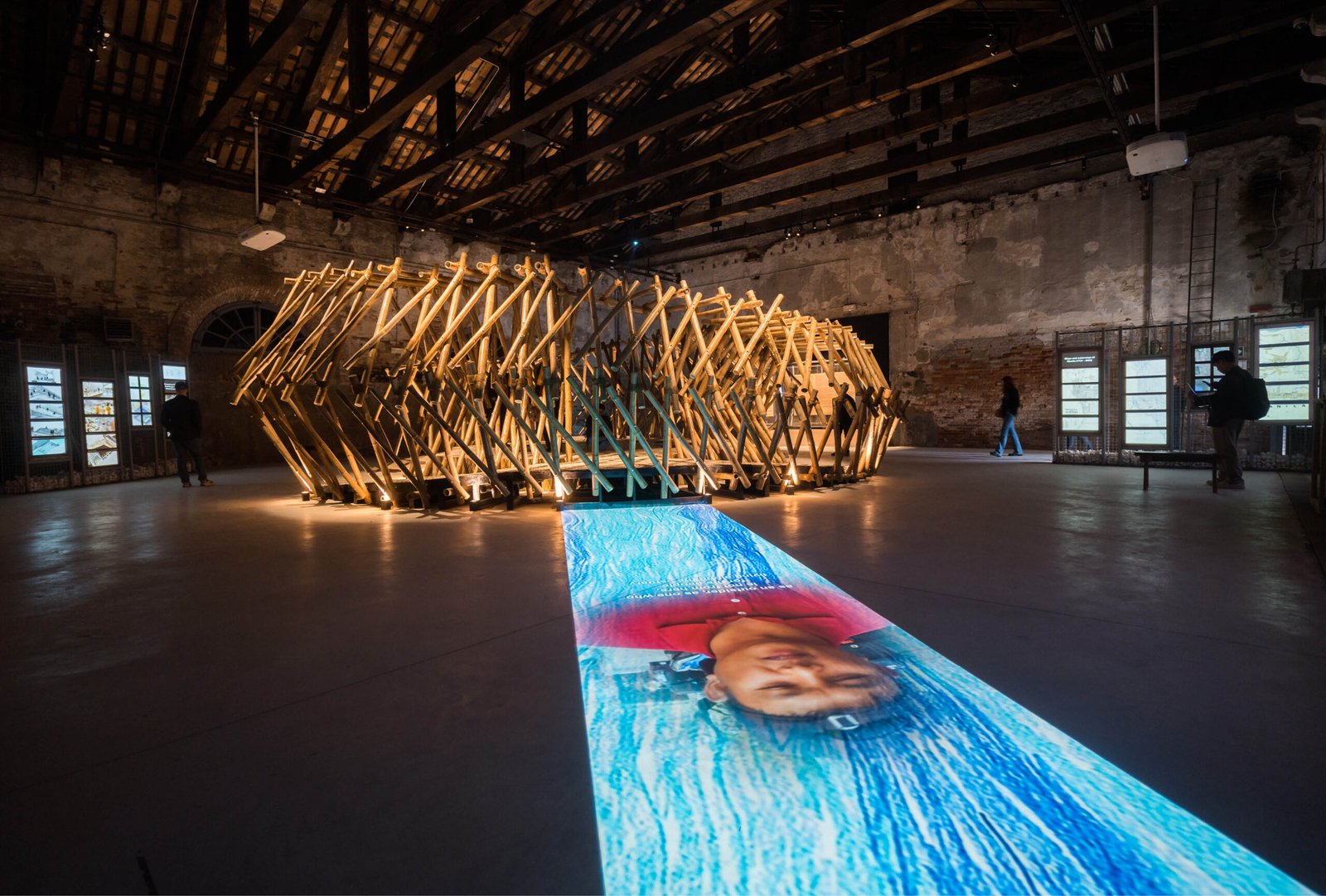

Are there emerging trends in exhibit design you are most excited about, and how is We Exhibit planning to incorporate them into future projects?
Various trends have emerged worldwide in recent years, ranging from immersive projects enabled by new technologies to custom-made visits tailored to individual visitors. However, the most essential and common approach now is designing exhibitions collaboratively with visitors. Designers no longer work in isolation; instead, a more collective approach is taken, considering feedback from exhibits, which is now readily measurable and crucial for designing new projects and understanding the impact of decisions made.
At We Exhibit, we fully embrace this approach from the very beginning. Even for projects we don’t design, we always contribute our expertise when working with our clients on these matters.
Can you give us a glimpse of a typical day in We Exhibit? Do any rituals or routines keep the team pumped up and creatively juiced?
We don’t exactly follow a typical routine. On the other hand, our studio comprises people with diverse skills, ranging from the most creative to the more administrative and organizational ones, all with diverse working habits. Therefore, we could say that rather than having specific rituals, each day is characterized by the same objective: maintaining a positive and pleasant workspace that is open to discussion, dialogue, and the exchange of ideas. Coffee breaks and lunch are never missed, which we share in the summer in the outdoor courtyard of our studio. We chat, do crossword puzzles, and recharge to tackle the afternoon. Breaking the workflow with short breaks and moments spent with other team members working in different offices recharges us. Hot tea in winter helps us regain focus, while ice cream breaks in summer are ideal for recalibrating our perspective on the tasks ahead, whatever they may be. We need to create a healthy work environment and help each other during the most challenging moments: this is our “recipe” for keeping the mood high and the creativity flowing.




Let’s loosen the work talk now. Can you share a behind-the-scenes moment or a funny anecdote from one of your projects that captures your team’s spirit?
A few years ago, we began working with a new international client. Their team members arrived at the local airport with diplomatic luggage as their exhibition opening approached.
Although they had vaguely mentioned it in email exchanges, we had never received detailed information about its contents. The shipment weighed about half a ton and included a wide range of items, including fragile products and perishable food that needed refrigeration. All these items were meant to decorate and set up their opening event at a magnificent Venetian palace just a few days later, with chefs waiting to start cooking.
Facing an extremely last-minute challenge and lacking the usual equipment and spaces, we adopted a pragmatic and creative problem-solving approach—traits that define our team’s spirit. Drawing on our knowledge of the city’s dynamics and leveraging friendly contacts, we secured a boat with a refrigerated container. We transformed it into a floating warehouse for a few days, shuttling materials to and from the event location and retrieving essential items from other points in the city. This allowed us to meticulously prepare for the event under challenging circumstances.




Finally, imagine you have carte blanche to stage your dream exhibit anywhere in the world. What would it be about, and where would you love to see it come to life?
It is a difficult question to answer. Like any creative team, we have diverse personalities with varying tastes, backgrounds, interests, and inclinations. Since it’s challenging to provide a single response that represents everyone, we have collected some ideas from our colleagues that we are pleased to share below:
1. A traveling multidisciplinary exhibit on human sensory and perceptual experience throughout history.
2. I would suggest a sound art experience hosted at the Vittoriale degli Italiani, the house museum of Gabriele D’Annunzio. Beginning in the garden and the open-air theater within the villa’s grounds, I envision an immersive auditory journey that guides visitors through the building’s meticulously designed maze of rooms, with each room paired with an archival sound piece. This journey would start with the early works of Luigi Russolo and the Futurist Manifesto, a historical and cultural context closely linked to the Vittoriale. It would then lead visitors through the evolution of notable sound pieces from the 1950s, 60s, and 70s, culminating in electronic music performances from the 80s and 90s. The experience would offer a sense of estrangement, discovery, and association, creating a unique and engaging exploration of sound art.
3. It would be an exhibition on crimes against art (theft, forgery, substitution, etc.). It would travel to museum institutions affected by these incidents, such as the Isabella Stewart Gardner Museum in Boston, the Louvre Museum, the Musée d’Art Moderne de la Ville de Paris, etc.
4. I envision a land art installation featuring gigantic sculptures by Eduardo Chillida. They would be displayed on the shore of the ruby-red Hormuz Island, facing the sea and creating a striking contrast against the island’s reddish landscape.

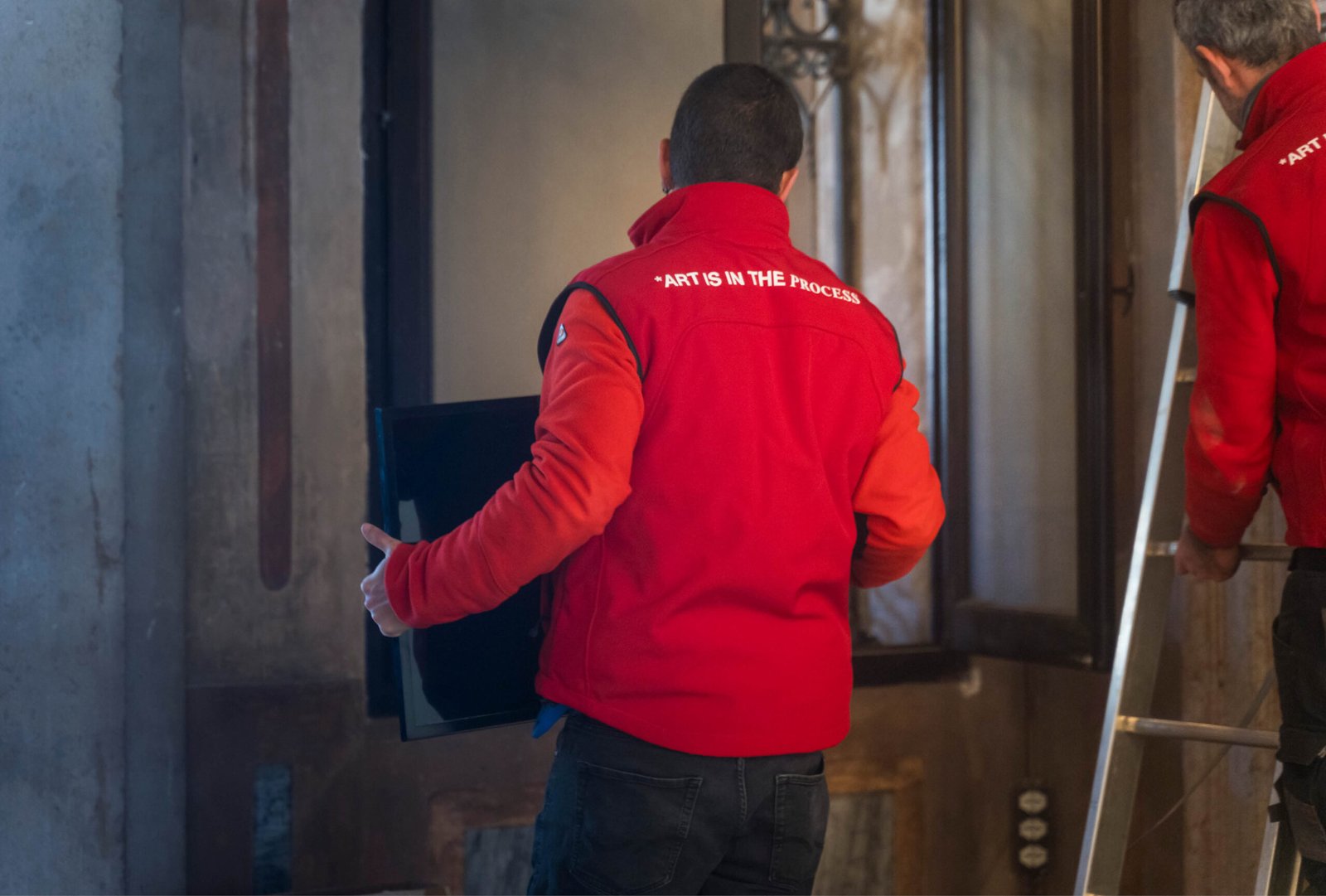

5. The climate change emergency is at the center of discussions worldwide. There are other planetary boundaries humanity should not cross. I would suggest an exhibition to increase awareness of this theme, as attention and early action are required. I would title it Beside Climate Change, Planetary Boundaries, and host it at Palais De Tokyo, Paris.
6. If I had carte blanche for the ideation and design of an exhibition, I would choose to showcase a theme very dear to me and on which I based my master’s thesis in design: the conservation of whales, a species still little-known but playing a fundamental role in the marine ecosystem and the survival of humanity itself. I strongly believe that the venue for an exhibition should somehow interact with it and not just be a container to fill.
For this exhibition, I would choose the Harpa Concert Hall, designed by Henning Larsen Architects and Ólafur Elíasson, in Reykjavík, Iceland. Whaling is still a highly debated topic in this country, and the exhibition would aim to raise awareness among the population about this issue and act as a catalyst for change.
7. Rather than an exhibition, I would suggest an installation that can come to life in any flat place in the world, though it is perhaps best suited for quiet locations like a non-urban park, a forest, or woodland. It would be a cube, possibly black or maybe white, with an anechoic chamber inside. It would offer a detachment from the world, plunging visitors into the abyss of sensory self-perception.
8. Exhibiting fashion archive pieces is less common than displaying works of art, architecture, or design, though I believe it holds equal importance. Imagine a fashion “unwrapping” exhibition where visitors can select items from a curated brand digital archive to examine up close and receive detailed explanations and transversal connections among the selected pieces. This approach could create personalized experiences in a replicable format that is easy to install and reproduce in suitable venues. It would be brilliant to inaugurate this exhibition at the V&A in London.
We could continuously come up with new and different ideas, possibly discarding previous ones, in an endless effort to keep our visions, approaches, and research up to date within our socio-historical context
Any of these would be a joy to visit! Grazie mille for your time, We Exhibit! •
